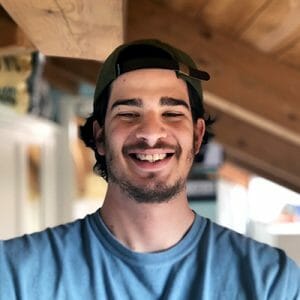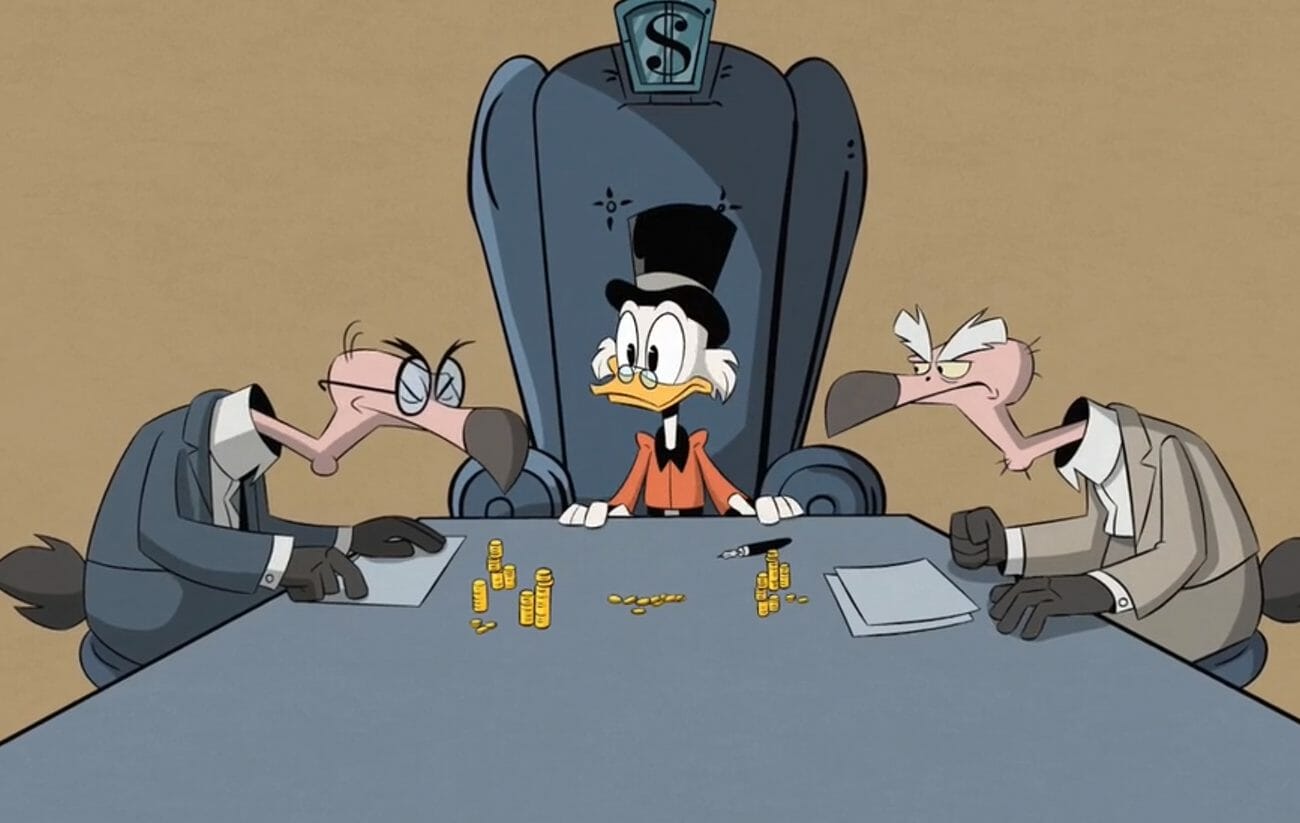Nicolò Polverelli
Nicolò
Polverelli


I'm working in the animation industry as a story artist from three years and I have collaborated on unannounced feature film with Bardel, on an insect TV series with Aardman called Lloyd of the Flies, on several projects with Blue Zoo, including a crazy adventure series comedy with animals called Big Tree City, and I also often work for commercials, especially with Golden Wolf on several projects, including NBA Jam. My works are always influenced by everything around me. In particular photographs, paintings, illustrations and also LEGO, works that can tell a moment or a story with just an image. So every time I wonder what happens to this image afterwards? What happens if I use this composition throughout all my story or this photographic lens? And all of this I try to blend into stories like I was playing with LEGO as a kid.




